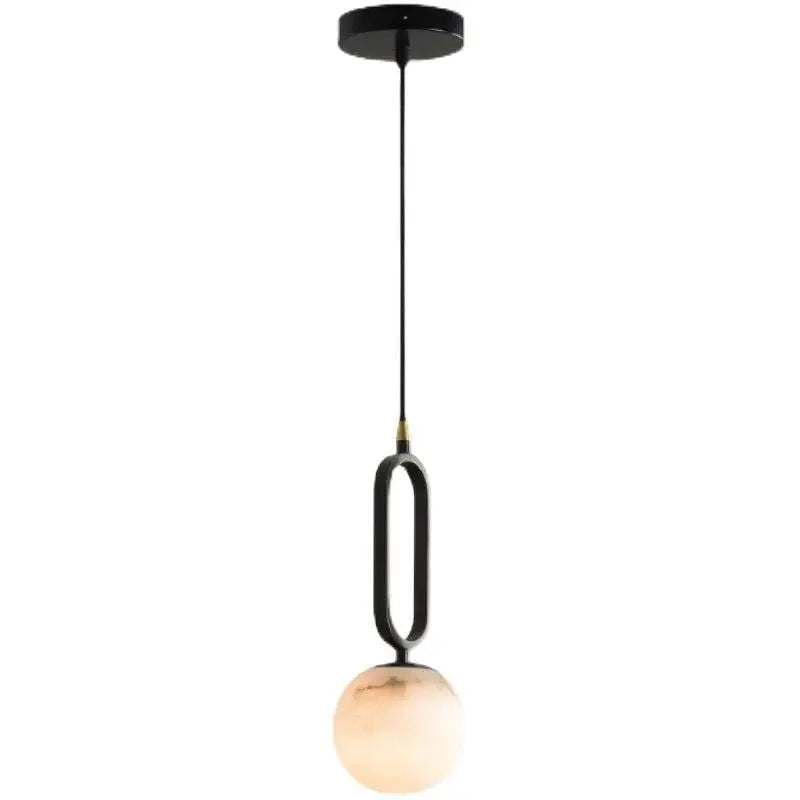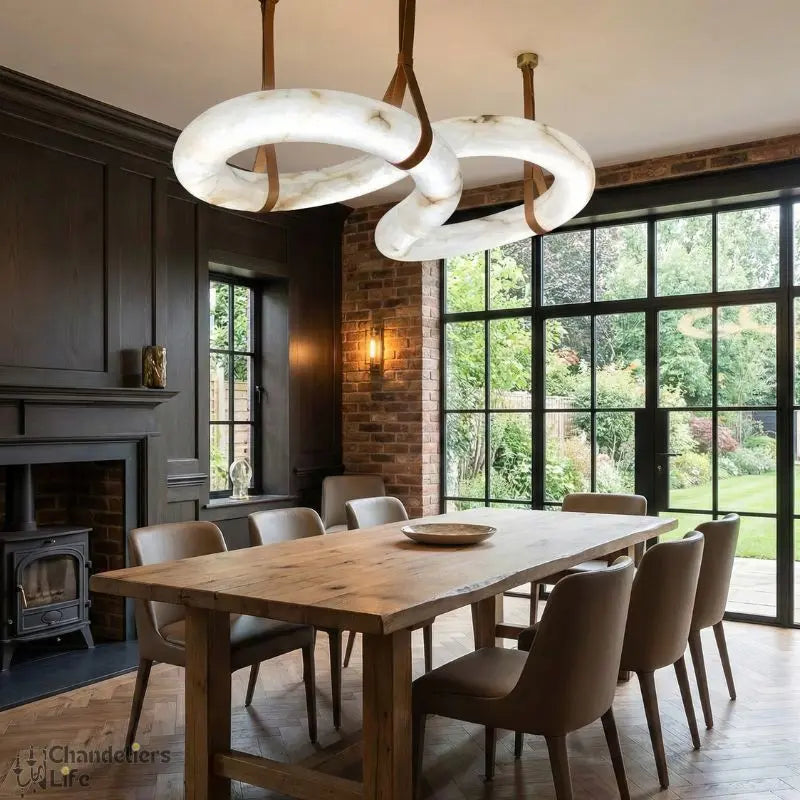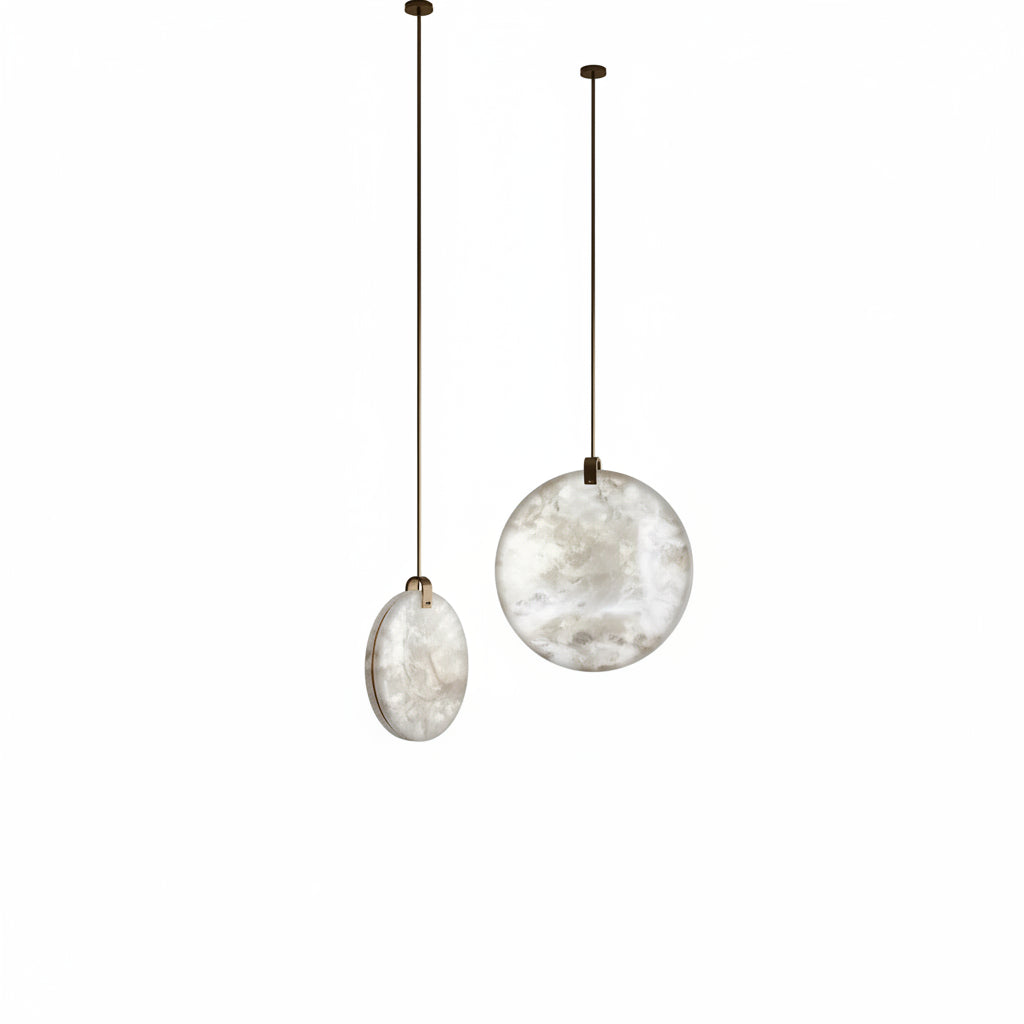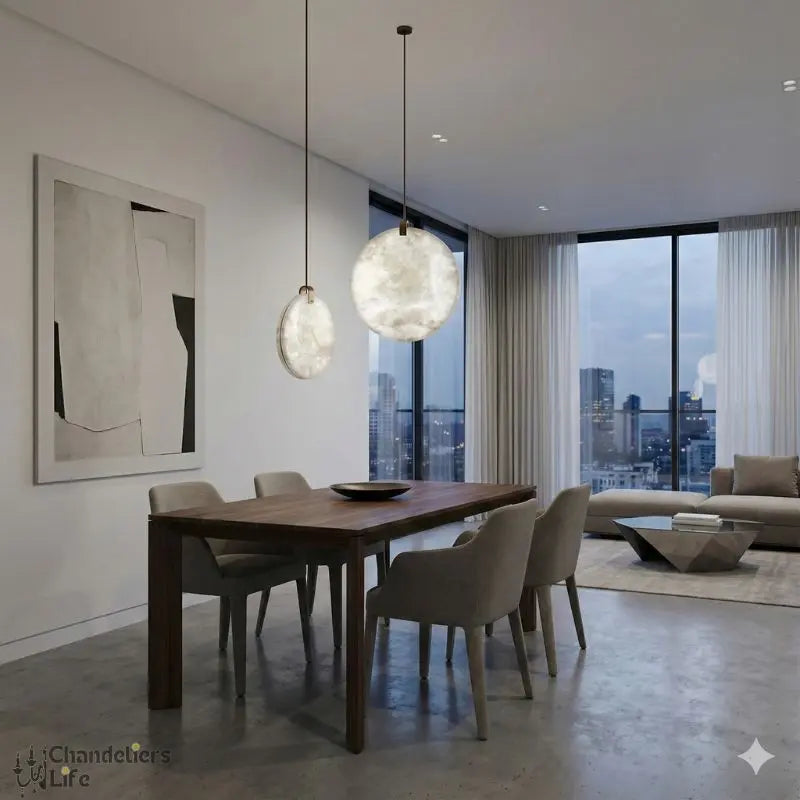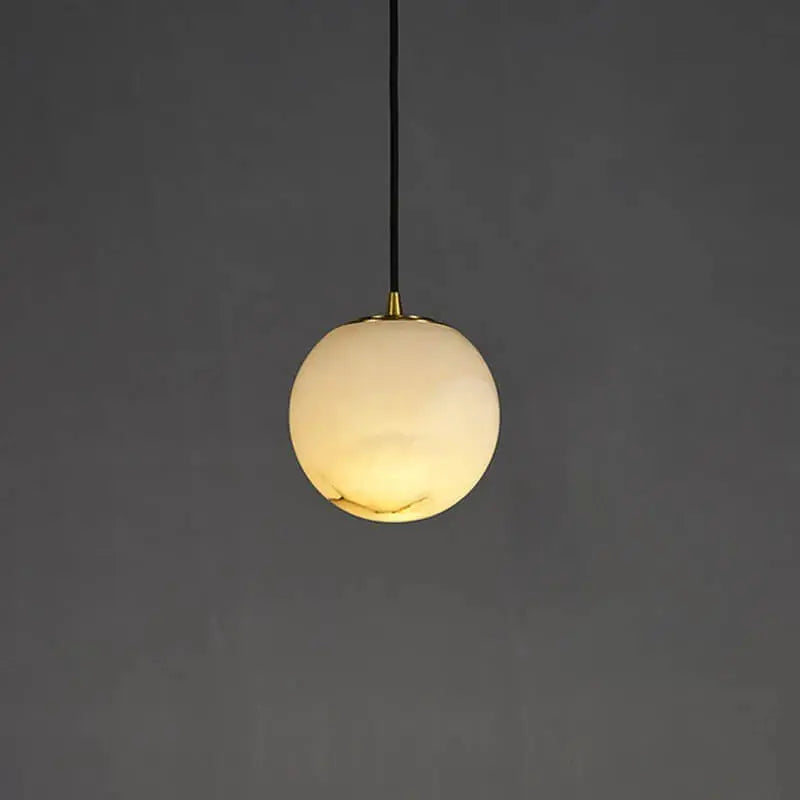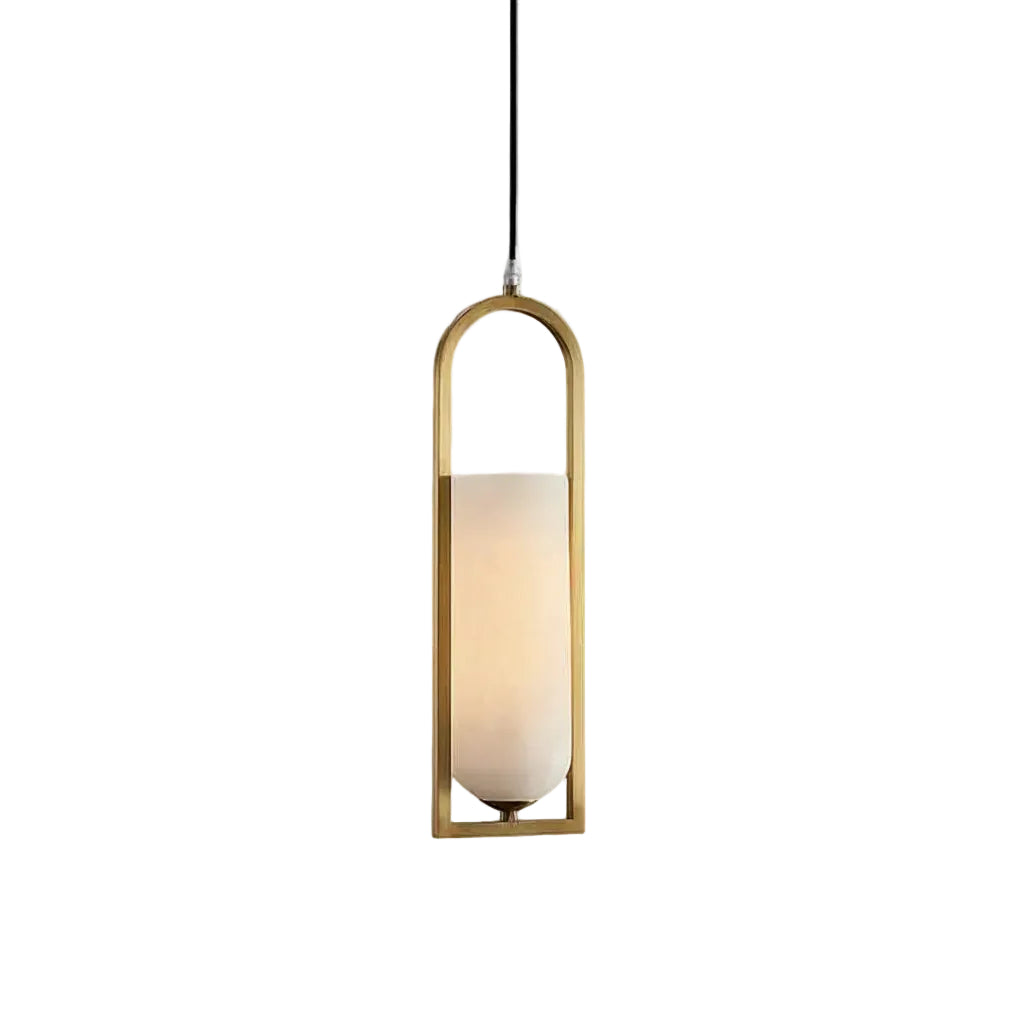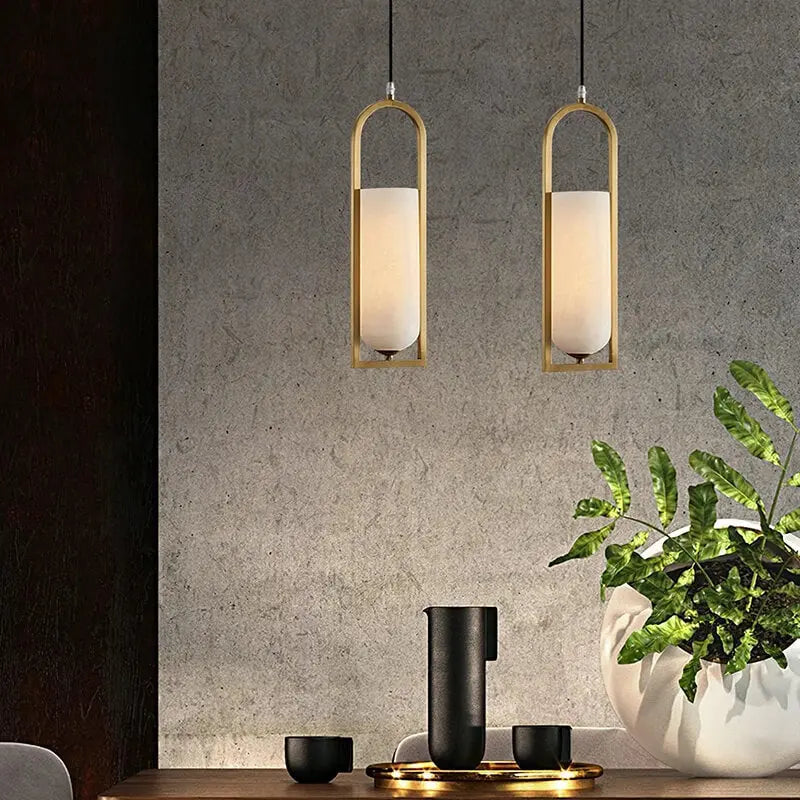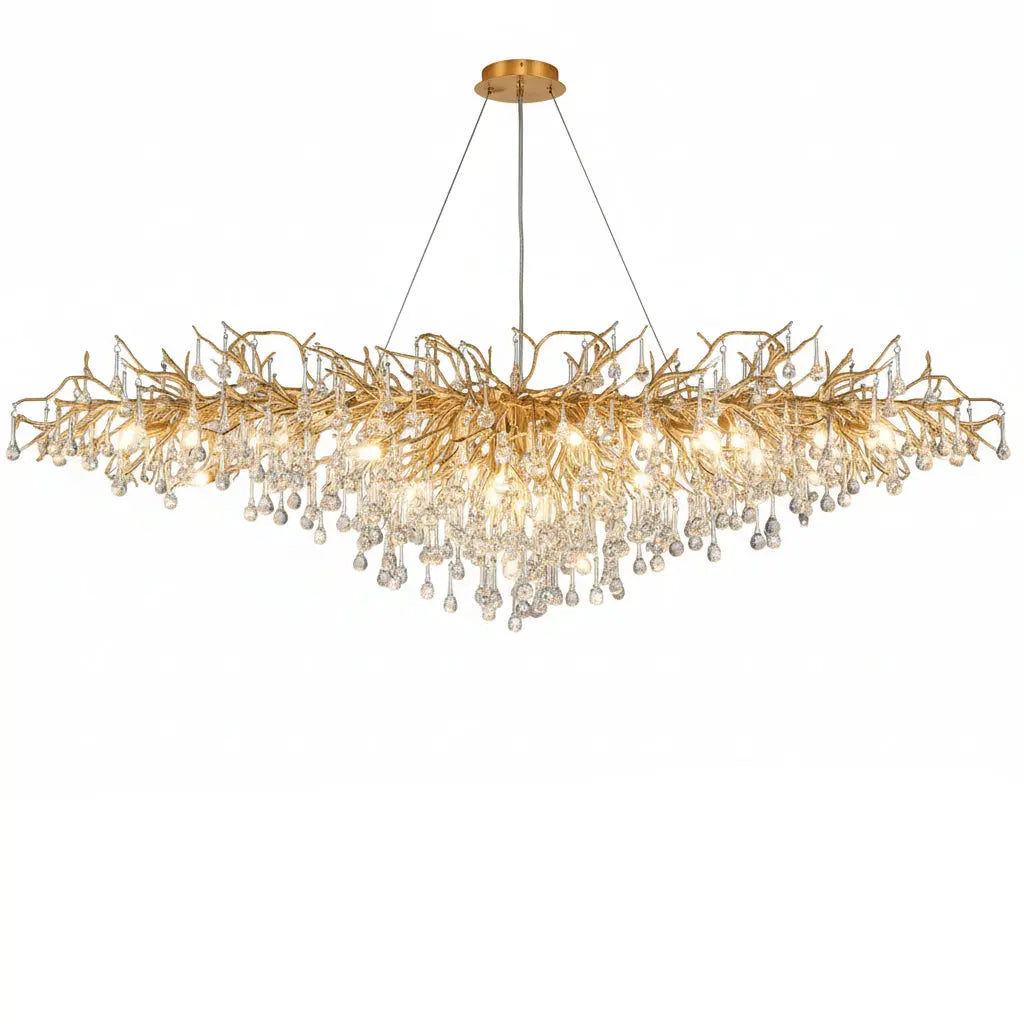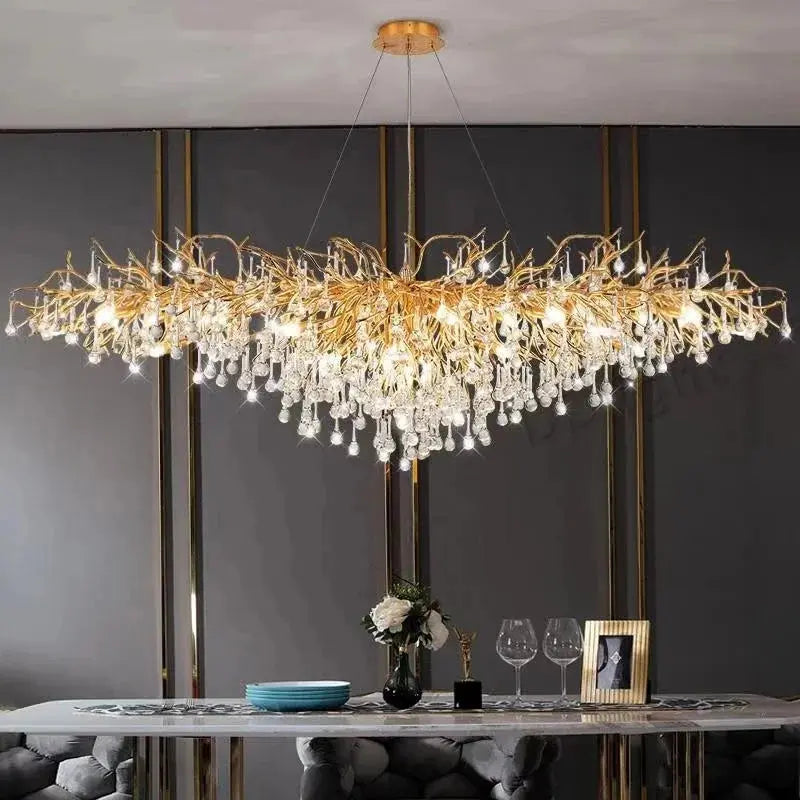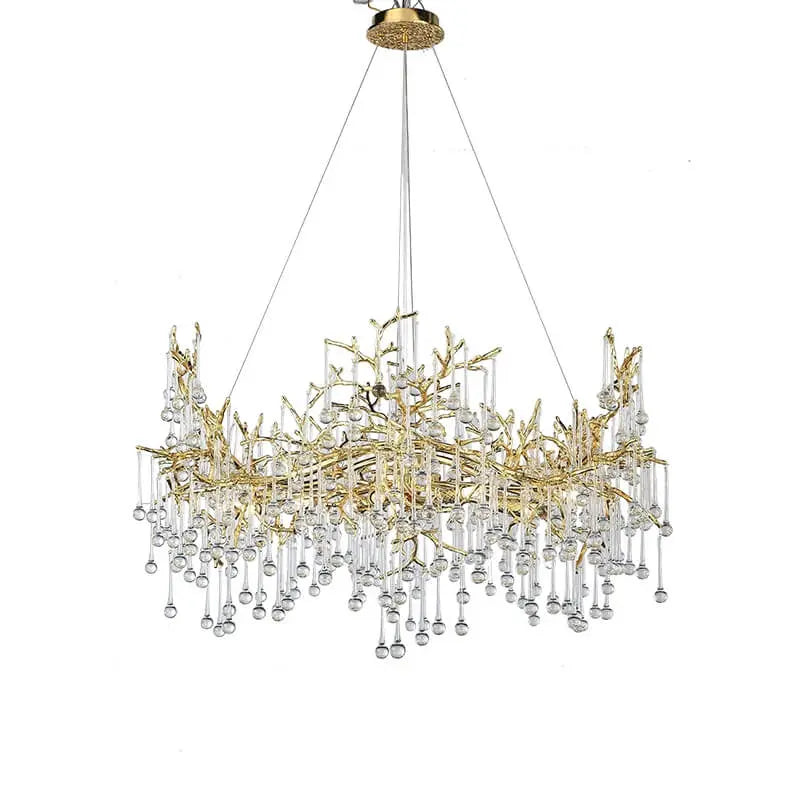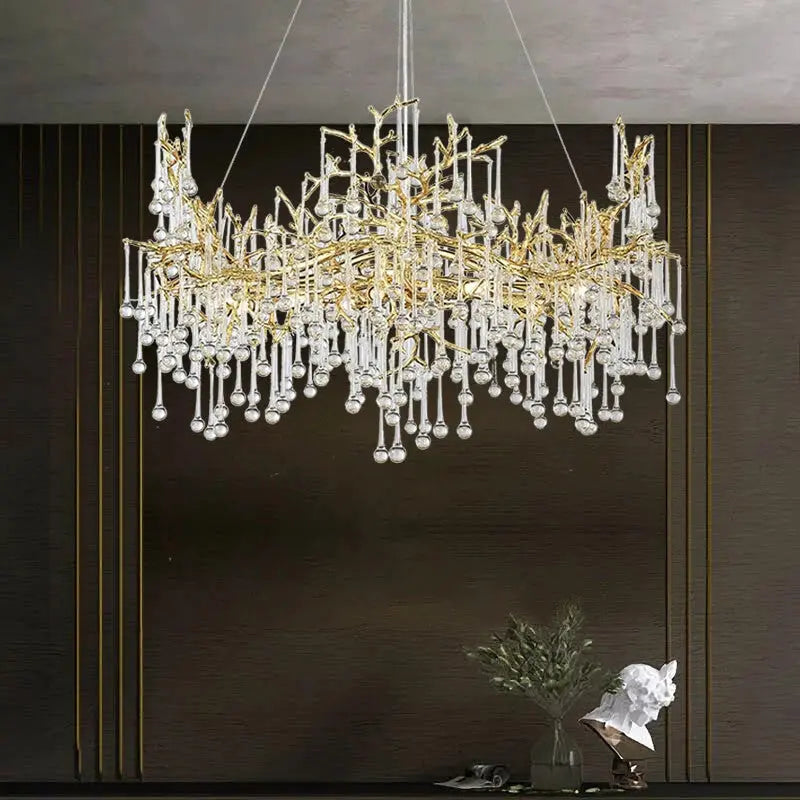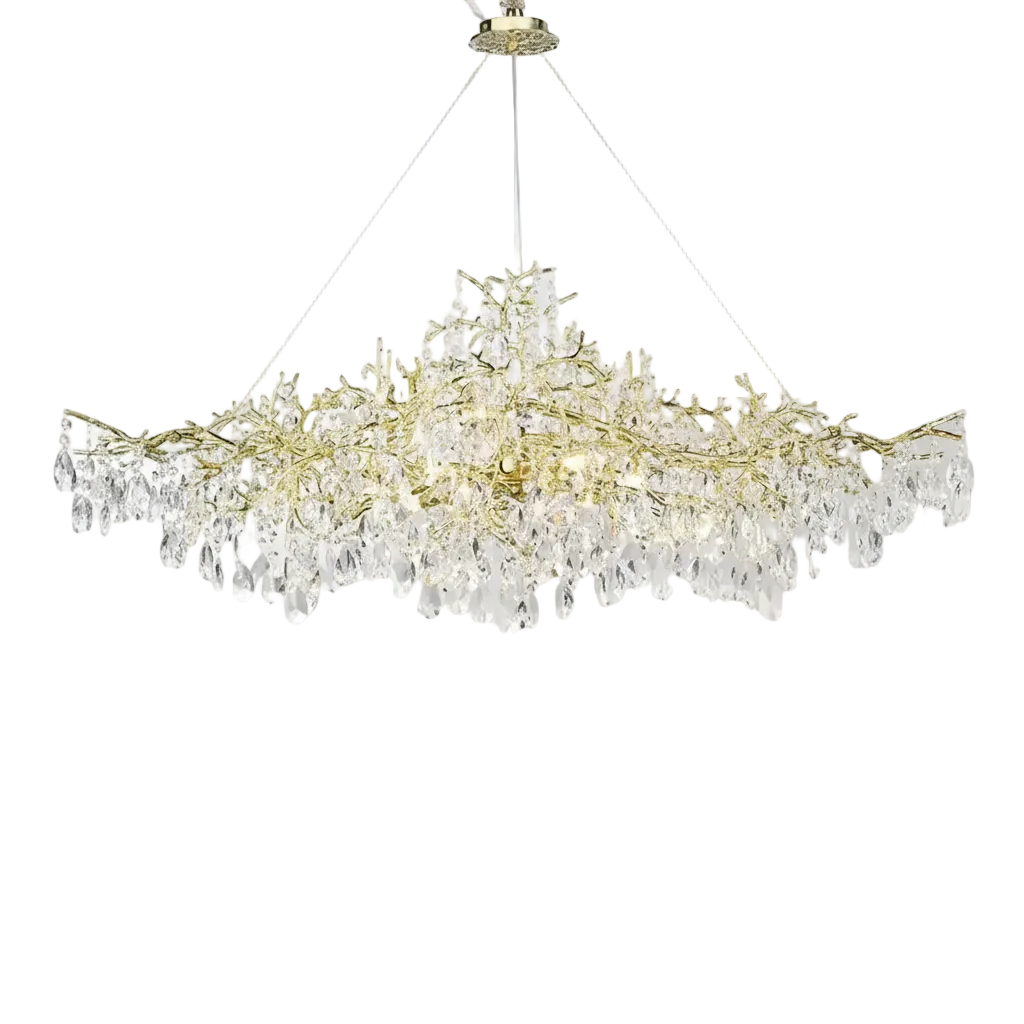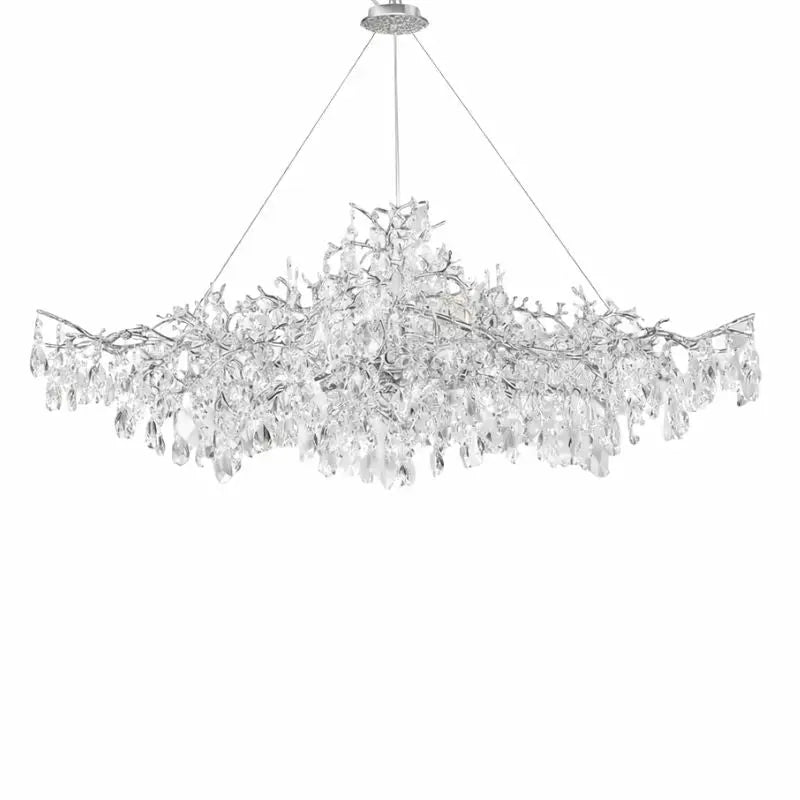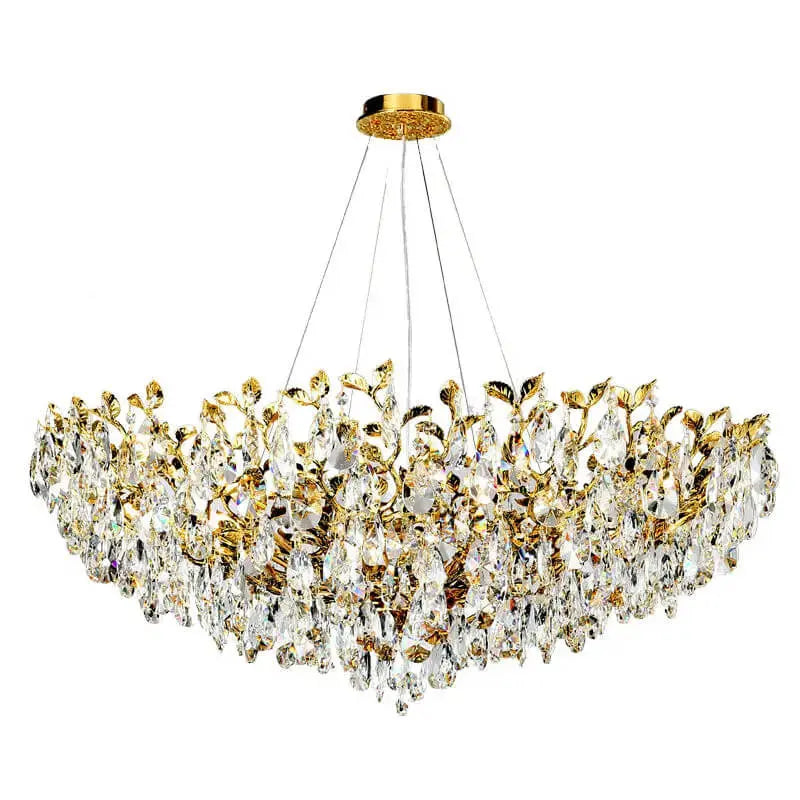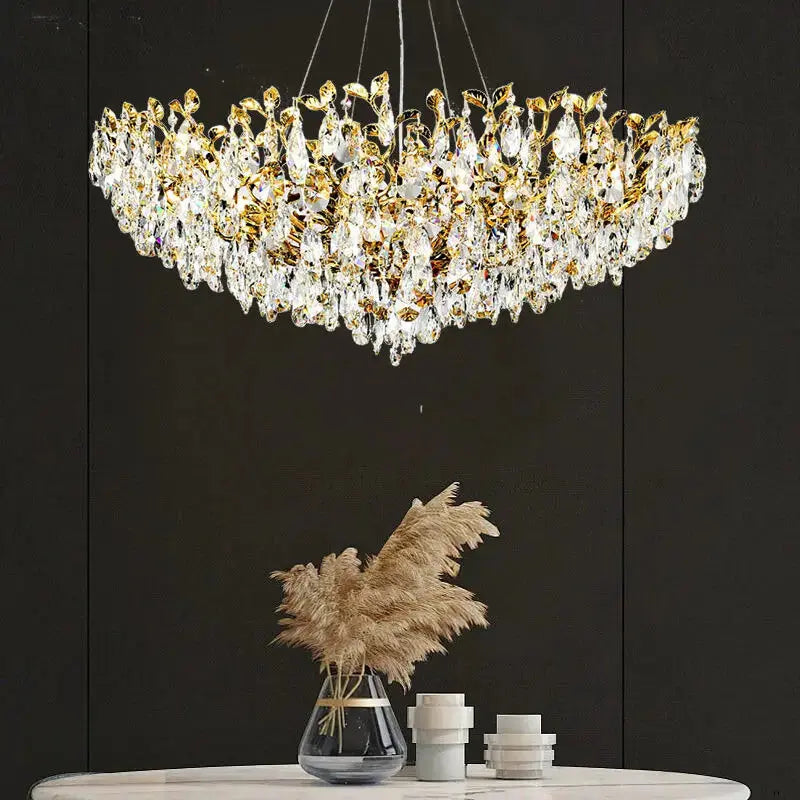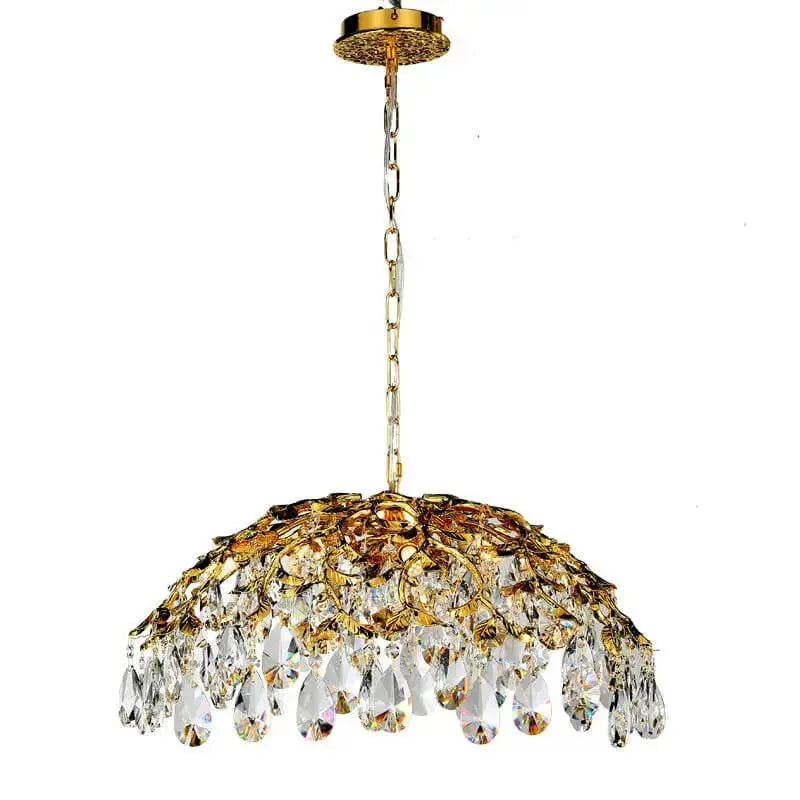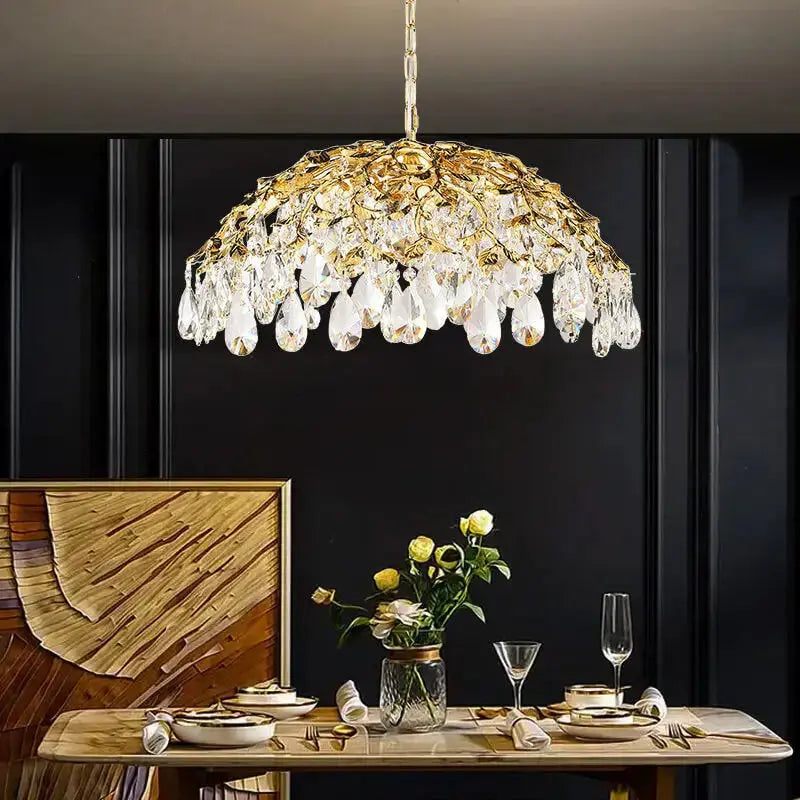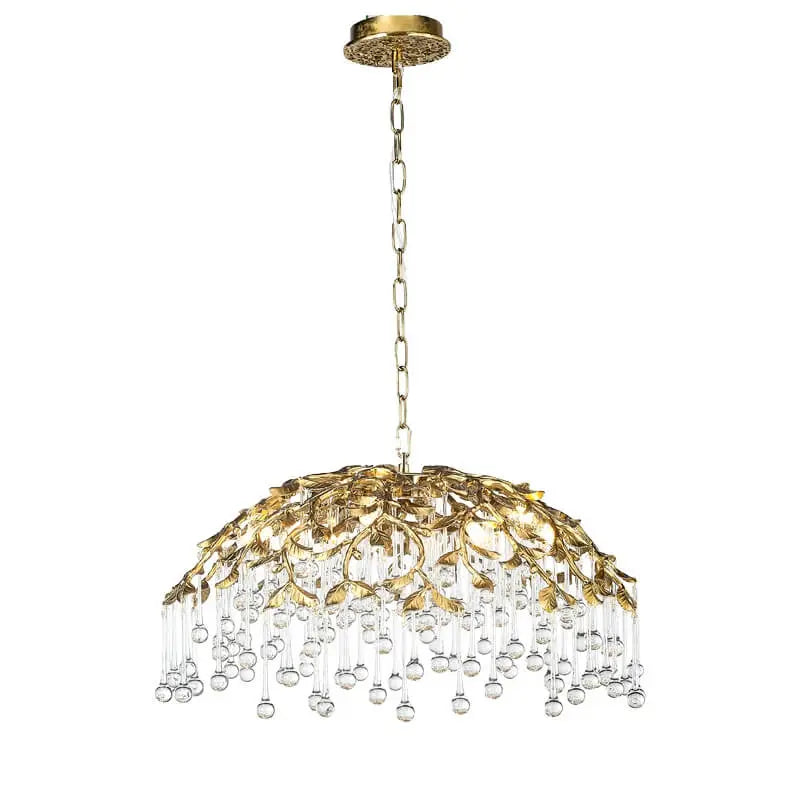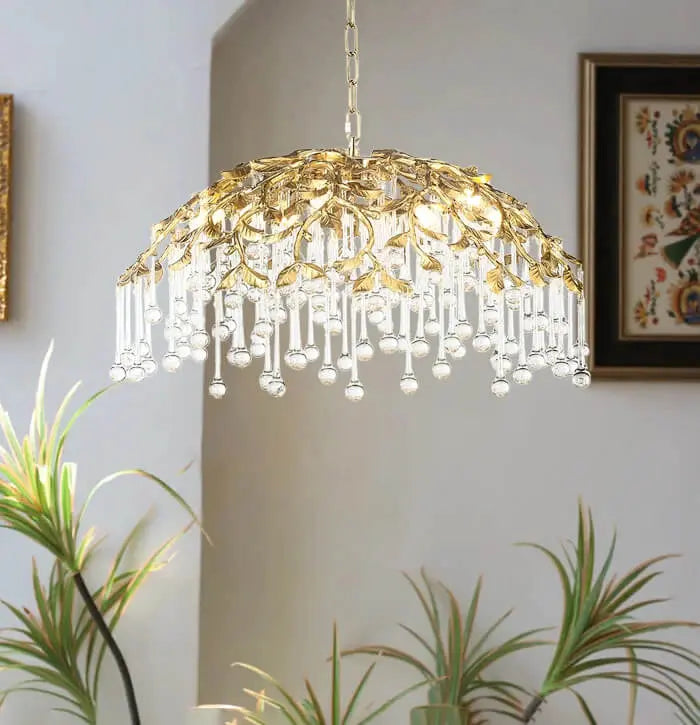In today's fast-paced world, having a minimalist home office can make a big difference in productivity and well-being. By focusing on simplicity and functionality, you can create a workspace that is both stylish and efficient. Let's explore some minimalist home office decor ideas that will help you stay organized, inspired, and productive.
Key Takeaways
- A minimalist office design focuses on simplicity and functionality, reducing clutter and distractions.
- Choosing the right furniture, such as multifunctional and ergonomic pieces, is crucial for a minimalist office.
- Incorporating natural elements like light and plants can enhance the look and feel of your workspace.
- Effective storage solutions are essential for maintaining an organized and clutter-free office.
- A calming color palette with neutral and accent colors can create a serene and productive environment.
Foundations of Minimalist Office Design
Minimalist office design is all about creating a workspace that is both functional and visually pleasing. By focusing on simplicity and removing unnecessary items, you can create a clean and organized environment that boosts productivity.
Key Principles of Minimalism
At the heart of minimalist design is the idea of simplicity. This means getting rid of anything that doesn't serve a purpose. A clutter-free space is essential for staying focused and productive. Neutral colors and natural light also play a big role in creating a calm and serene atmosphere.
Benefits of a Minimalist Workspace
A minimalist workspace offers many benefits. It can help reduce stress and improve focus. With fewer distractions, you can concentrate better on your tasks. Plus, a clean and organized space can make you feel more at ease and motivated to work.
Common Mistakes to Avoid
When designing a minimalist office, it's important to avoid some common mistakes. Don't overdo it with decorations or furniture. Stick to the essentials and make sure everything has a purpose. Also, avoid using too many colors; a neutral palette is best for maintaining a calm environment.
By following these principles, you can create a minimalist home office that enhances productivity and reduces stress.
Choosing the Right Furniture for a Minimalist Home Office
Creating a minimalist home office starts with selecting the right furniture. The goal is to keep things simple, functional, and stylish. Here are some tips to help you choose the best pieces for your space.
Essential Furniture Pieces
When setting up a minimalist home office, focus on essential furniture pieces. A sleek desk and a comfortable chair are must-haves. Opt for a desk with clean lines and a simple design. A floating desk or a wall-mounted desk can save space and give your office a modern look. For the chair, choose one that offers good support and matches your minimalist theme.
Multifunctional Furniture Options
In a minimalist office, every piece of furniture should serve more than one purpose. Look for multifunctional furniture options like a desk with built-in storage or a bookshelf that doubles as a room divider. These pieces help you maximize your space and keep your office organized.
Ergonomic Considerations
Comfort is key in a minimalist home office. Ergonomic furniture ensures that you can work comfortably for long periods. Choose an ergonomic chair with adjustable features to support your posture. A desk with an adjustable height can also be a great addition, allowing you to switch between sitting and standing throughout the day.
A well-chosen piece of furniture can transform your office into a productive and inspiring space.
By focusing on essential, multifunctional, and ergonomic furniture, you can create a minimalist home office that is both stylish and functional.
Incorporating Natural Elements
Benefits of Natural Light
Natural light can make your home office feel bigger and more inviting. It also helps you stay alert and focused. Try to set up your desk near a window to get the most sunlight. If privacy is a concern, use frosted window film to let light in while keeping your space private.
Using Plants for a Fresh Look
Adding plants to your office can make it feel more alive and welcoming. Plants like succulents or a large cactus can be great choices. They not only look good but also help clean the air. This is one of the best eco-friendly home decor ideas you can try.
Natural Materials in Furniture
Using natural materials like wood, stone, or bamboo in your office furniture can make the space feel more connected to nature. Bamboo lamps, for example, blend natural beauty with modern design. These materials are not only stylish but also durable and sustainable.
Effective Storage Solutions
Creating a minimalist home office requires smart storage solutions to keep your workspace tidy and efficient. Here are some tips to help you achieve that.
Decluttering Your Workspace
Start by removing unnecessary items from your desk and office area. This will help you focus on what truly matters. Consider donating or recycling items you no longer need. A clean space can boost your productivity and creativity.
Smart Storage Ideas
Use shelves, drawers, and bins to organize your office supplies. Wall-mounted shelves are great for saving floor space and keeping things within reach. Drawer organizers can help you keep small items sorted and easy to find. Bins and boxes are perfect for storing larger items or things you don't use every day.
Maintaining Organization
Once you've set up your storage solutions, it's important to maintain them. Regularly go through your items and get rid of anything you no longer need. Make it a habit to put things back in their designated spots. This will help you keep your workspace clean and organized in the long run.
Pro Tip: Use wireless or Bluetooth devices to reduce cable clutter and enhance mobility.
Creating a Calming Color Palette
Choosing Neutral Colors
Neutral colors like beige, white, and light gray can make your workspace feel more open and less cluttered. These colors are easy on the eyes and can help create a serene environment. Avoid bright, bold colors that can be distracting. Neutral tones are a key part of many living room color schemes, making them versatile for home offices too.
Accent Colors for Minimalist Offices
While neutral colors form the base, adding accent colors can bring life to your minimalist office. Consider soft blues, greens, or even muted pastels. These colors can add personality without overwhelming the space. A colorful area rug or a few vibrant accessories can make a big difference.
Psychological Effects of Color Choices
Colors can affect your mood and productivity. For example, blue is known to be calming and can help you focus, while green can reduce stress. On the other hand, too much red can be stimulating and may not be ideal for a workspace. Choose colors that make you feel comfortable and focused.
A calming color palette can transform your workspace into a haven of productivity and style. By focusing on simplicity and functionality, you can design an environment that is both aesthetically pleasing and conducive to work.
Personalizing Your Minimalist Office
Incorporating Personal Touches
Adding personal touches to your minimalist office can make it feel more inviting and uniquely yours. Limit yourself to a few items to avoid clutter. Consider items like a favorite photo, a small plant, or a piece of DIY wall art for your bedroom that brings you joy.
Minimalist Art and Decor
When choosing art and decor, opt for pieces that align with the minimalist aesthetic. Think about contemporary / modern lighting options that blend style and function. You can also explore boho chic home decor for a touch of personality without overwhelming the space.
Balancing Personalization with Simplicity
It's important to strike a balance between personalization and simplicity. Too many personal items can make the space feel cluttered. Instead, focus on a few meaningful pieces that enhance your workspace. This approach ensures your office remains a place of productivity and calm.
Tech Integration in a Minimalist Office
Cable Management Solutions
A clutter-free workspace is essential for a minimalist office. Effective cable management can make a significant difference. Use cable trays, clips, and sleeves to keep cords organized and out of sight. This not only enhances the aesthetic appeal but also reduces the risk of tripping over loose cables.
Choosing Minimalist Tech Gadgets
Opt for tech gadgets that align with minimalist principles. Look for devices that offer multiple functions, such as a monitor with built-in speakers or a desk lamp with a wireless charging pad. These multifunctional gadgets help reduce the number of items on your desk, keeping your workspace clean and efficient.
Maintaining a Clean Digital Workspace
Just as physical clutter can be distracting, so can digital clutter. Regularly organize your files and folders, and uninstall any software you no longer use. A clean digital workspace can improve your focus and productivity, making it easier to find what you need when you need it.
A minimalist office design is not just about reducing physical items; it's also about creating a streamlined digital environment. This approach can lead to a more productive and stress-free workday.
In today's minimalist office, integrating technology can be a game-changer. From sleek, modern lighting to smart devices, the right tech can enhance both functionality and style. Want to transform your workspace? Visit our website to explore our range of products and find the perfect fit for your office.
Conclusion
In the end, creating a minimalist home office is all about finding the right balance between simplicity and functionality. By keeping your workspace clean and organized, you can boost your productivity and creativity. Remember, less clutter means less distraction, allowing you to focus better on your tasks. Plus, a minimalist office doesn't just look good; it also feels good, promoting a sense of calm and well-being. So, take the plunge and transform your home office into a minimalist haven. You'll be amazed at how much more you can achieve in a space that truly supports your work and your peace of mind.
Frequently Asked Questions
What are the basic principles of minimalist office design?
The basic principles of minimalist office design include simplicity, functionality, and a clutter-free environment. This means using only essential items, ensuring everything has a purpose, and keeping the workspace tidy and organized.
How does a minimalist office improve productivity?
A minimalist office improves productivity by reducing distractions and creating a calm environment. A clean and organized space helps you focus better, think clearly, and work more efficiently.
What kind of furniture is best for a minimalist home office?
For a minimalist home office, choose simple and functional furniture. Essential pieces include a sleek desk, an ergonomic chair, and smart storage solutions like shelves or drawers. Multifunctional furniture can also save space and add to the minimalist look.
Why is natural light important in a minimalist office?
Natural light is important in a minimalist office because it creates a bright and airy atmosphere. It can improve mood, enhance focus, and reduce the need for artificial lighting, making the space feel more open and inviting.
How can I add personal touches to my minimalist office without cluttering it?
You can add personal touches to your minimalist office by choosing a few meaningful items like a piece of art, a plant, or a photo. The key is to keep it simple and avoid adding too many items that could create clutter.
What are some effective storage solutions for maintaining a minimalist office?
Effective storage solutions for a minimalist office include using wall-mounted shelves, drawer organizers, and storage boxes. Keeping things organized and out of sight helps maintain a clean and clutter-free workspace.




